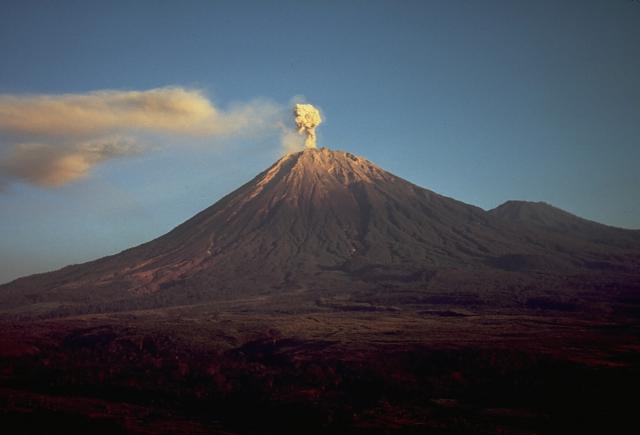Studying continental movement over 'hotspot' reveals internal workings of volcanoes

- Country:
- India
Scientists have learned about the internal workings of volcanoes by studying the northward movement of the Australian continent over a 'hotspot' inside the Earth during the last 35 million years, which left behind volcanic relics across its landscape.
The researchers from the University of Queensland (UQ), Australia, said these relics revealed that the inner structure of the Australian volcanoes became increasingly complex as the hotspot's magma output decreased. Their research is published in Nature Geoscience.
The hotspot was incredibly strong in its early stages, generating some of eastern Australia's most beloved natural attractions, according to one of the researchers, Al-Tamini Tapu.
''These large volcanoes were active for up to seven million years,'' Tapu said.
''The volcanoes formed as the continent moved over a stationary hotspot inside the planet, melting the land above it so magma could ooze upward.
''This left a treasure trove of volcanic landmarks in its wake, forming the longest chain of continental 'hotspot' volcanoes on Earth - along Australia's eastern side,'' said Tapu.
Enormous, long-lived lava outpourings in Tweed volcano, one of the 'shield volcanoes' and a popular tourist spot, may have weakened the hotspot, and caused the younger volcanoes to the south to become smaller and shorter-lived, the researchers said.
Associate Professor Teresa Ubide said that as the magma production waned, the volcanoes became internally more complicated, erupting lavas full of complex crystals.
''As these cooled down and became more viscous, it became more difficult to generate eruptions, which may have been more explosive.
''We found that the arrival of new, hotter, and gas-rich magma acts like a shaken bottle of fizzy drink, causing a build-up of pressure in the magma, and, eventually, an eruption,'' said Ubide.
She said Australia's extinct 'hotspot volcanoes' provide a unique laboratory for researchers to investigate processes leading to volcanic eruptions across the globe.
''The effect of erosion over tens of millions of years allows us to access complete sequences of lava that can be difficult to access in more recent volcanoes,'' Ubide said.
''It then makes it possible to reconstruct the inner structure of the volcanoes, sort of like opening a doll's house, which gives us a much better understanding of hotspot activity globally.
''This is particularly important, given there are many active hotspots on Earth, including in the Pacific and Atlantic oceans, and in other continents, such as the United States Yellowstone volcano.
''Volcanoes in these areas produce large volumes of lava and have an important role in the evolution of our planet and atmosphere – so having a real-world 'doll's house' to play around in and observe variations with time and magma supply is very helpful,'' said Ubide.
(This story has not been edited by Devdiscourse staff and is auto-generated from a syndicated feed.)










